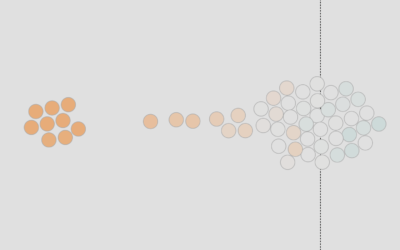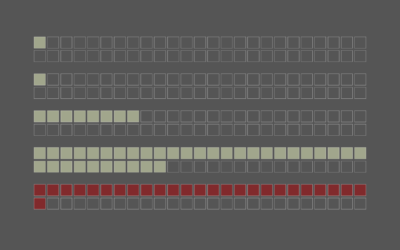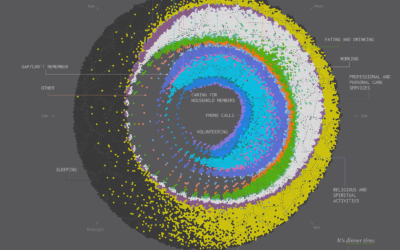Who Earned a Higher Salary Than You
Work changed over the years. Salaries changed over the years. I was curious. If you compared your personal income from present day, how would it compare to the distribution of salaries in previous decades?
Luckily, the Census Bureau collects the data to find out, and IPUMS, maintained by the University of Minnesota, makes the anonymized records more straightforward to use.
So I figured out the percentage thresholds — salaries that put you in the top 1%, etc. of people who earned employee income — for the decades from 1950 to 2010 and 2013, adjusted for inflation, and plotted over time.
Naturally, the higher your income, the closer you move towards the top.
Slide the salary back and forth for an idea of distribution. Most of the percentage shifts happen in the lower values, because most people’s salaries lie within that range. You get to the single-digit percentages fairly quickly, and then it takes a bit more to reach the top.
It took less to be in that upper tier of wages in 1950 and 1960. A salary just under $30,000 puts you around the middle in 2013, and in 1950, that put you in the top quarter. However, continue shifting the salaries back and forth, and you might also notice the minimal change over the past few decades for the lower and middle class. As income rises for the middle class, it takes more to reach the single-digit percentages.
The next step is to see how salary interacts with cost of living, since income is only part of the story. If a dollar buys way more in an era when people made less, it might not matter.
Become a member. Support an independent site. Get extra visualization goodness.
See What You Get





